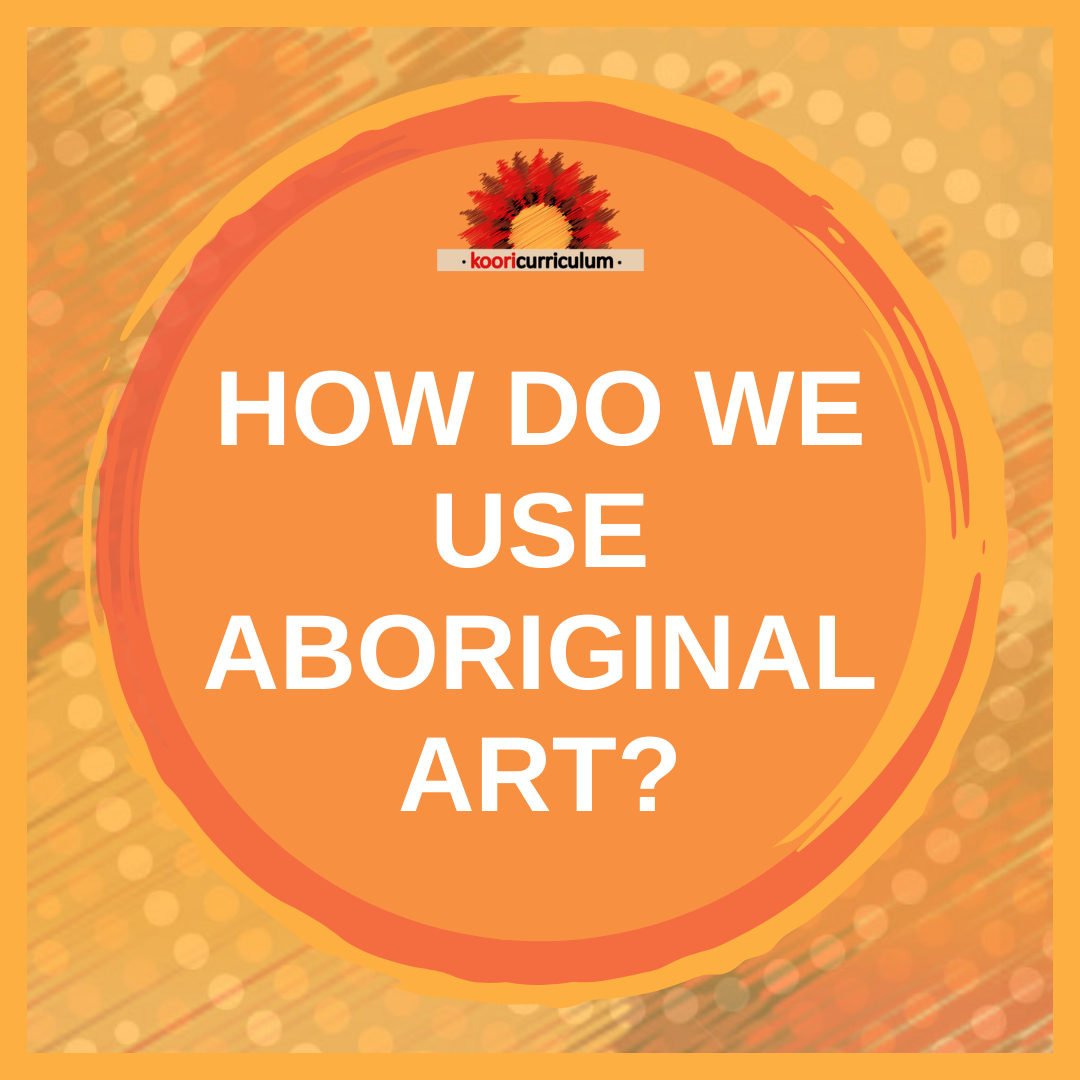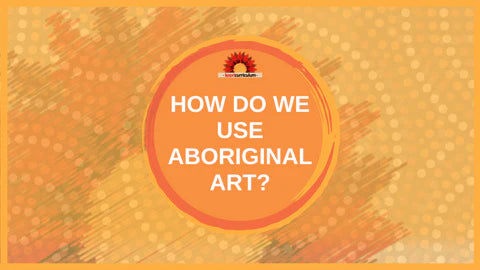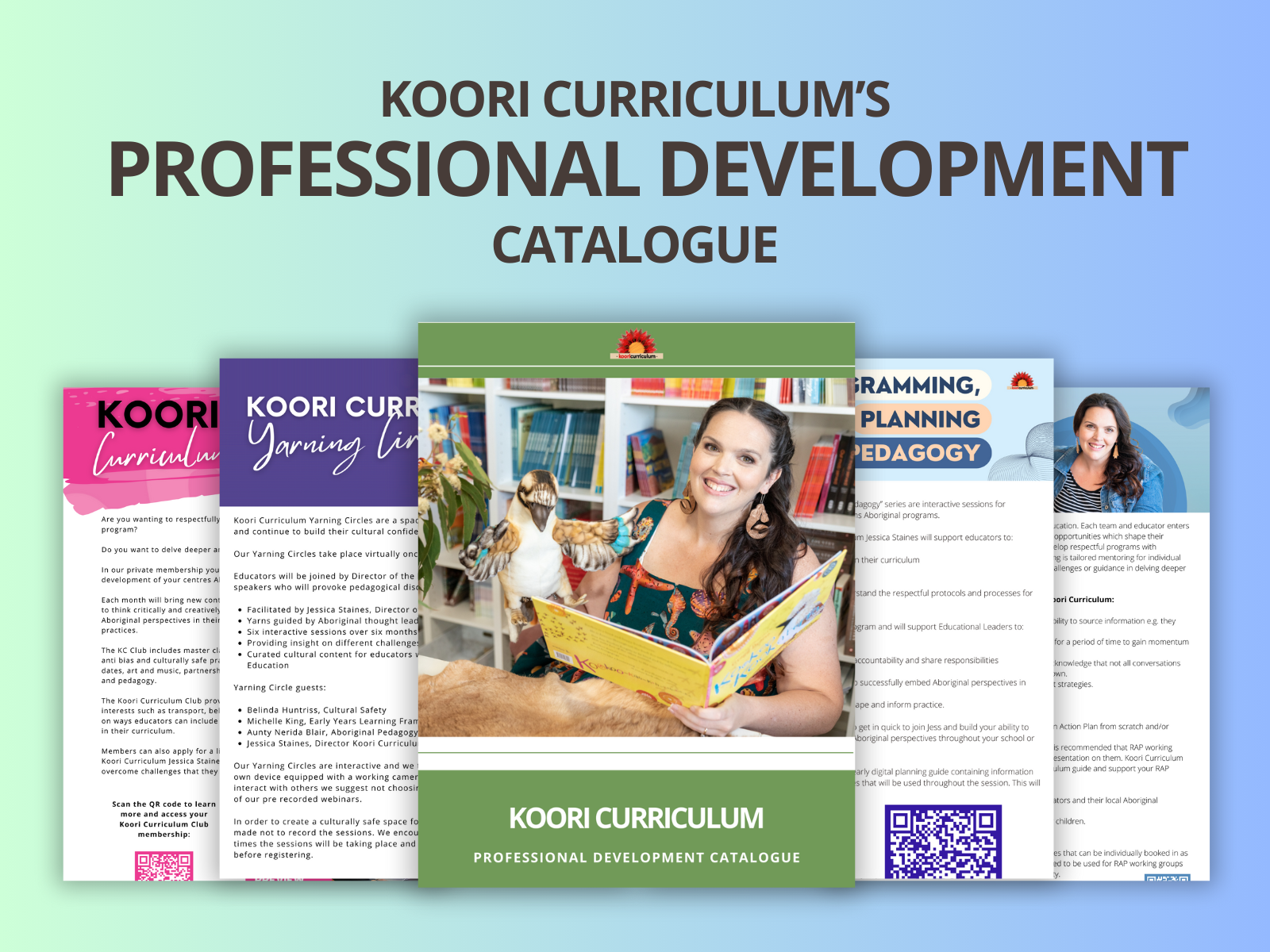
How do we use Aboriginal art?

How do we use Aboriginal art and items from Aboriginal culture in our services? Are we being respectful of the pieces we may have acquired and are we aware of the deep connection between art and country, identity and belonging for Aboriginal people and Torres Strait Islanders?
We know that Aboriginal art is imbued with stories and traditional knowledge and often stories are expressed as art as a way of preserving these stories and knowledge for future generations. Do we always honour this in our education and care services?
Let’s take the boomerang as an example. Wildly celebrated as a piece of Aboriginal culture, many Australians and even many people internationally, would be able to draw the iconic shape. But how many educators and teachers understand and can explain the cultural significance of the boomerang to children?[1]
Aboriginal and Torres Strait Islander art is always linked to the family, the land and to the sea that have existed for thousands of years. It can never just be admired as ‘art’ outside of this context. An Aboriginal artist’s practice is informed by their connection to country, and their people’s history. Each piece is deeply connected with Dreaming and each Dreaming belongs to the people of a particular country. In addition the symbology used in Aboriginal art is connected to the land and country it came from and cannot be appropriated. Also the inspiration for each piece of artwork is the land from which it comes and the connection between the artist and the land on which they come from.
When we view Aboriginal art this way, we recognise the connection between art and stolen land, and recognise that through art Aboriginal people can record their knowledge of their land for future generations and ensure this knowledge is also not appropriated by others.
Knowing the connections between art and country puts an obligation on those of us who use Aboriginal art in our work with children. It means we cannot reproduce art and symbols without permission from those who come from the country depicted. It also means we need to explore the art not just as a visual prop for our teaching but as a connection to the country it was formed on.
This is the knowledge we must impart to the children we teach.
[1] Boomerangs are weapons for hunting birds, emus, kangaroos, fish and other animals. They are also used as fighting weapons, as percussion instruments in dance and ceremonies and used as digging sticks.
[1] Boomerangs are weapons for hunting birds, emus, kangaroos, fish and other animals. They are also used as fighting weapons, as percussion instruments in dance and ceremonies and used as digging sticks.



